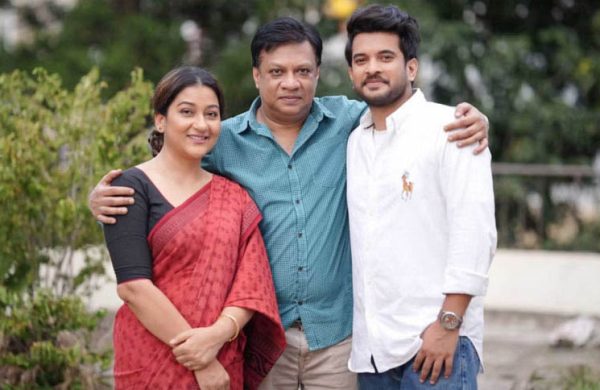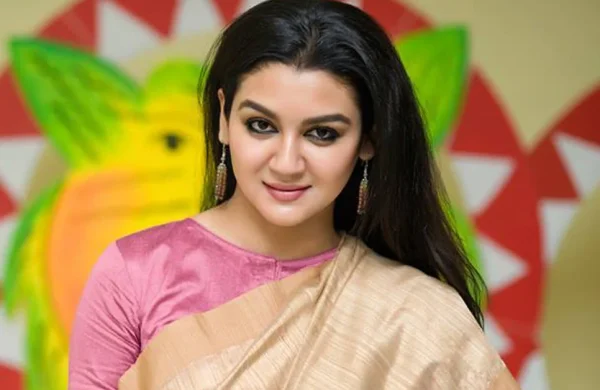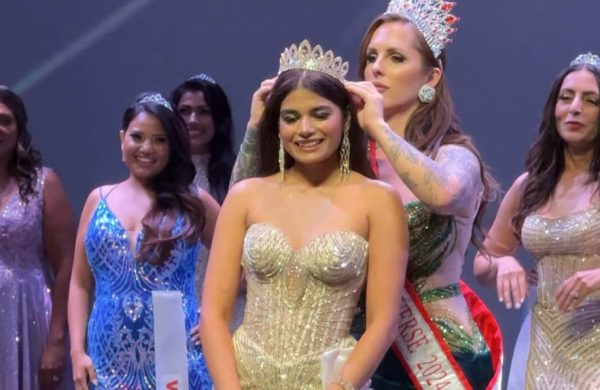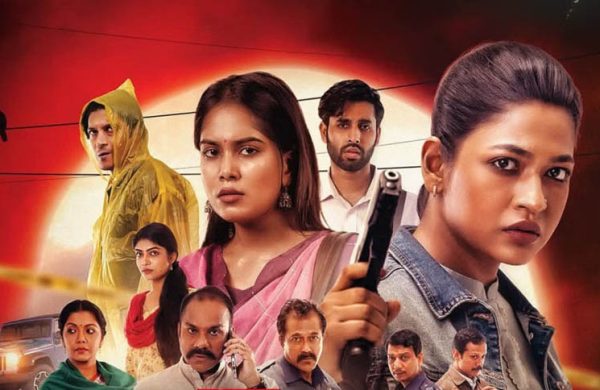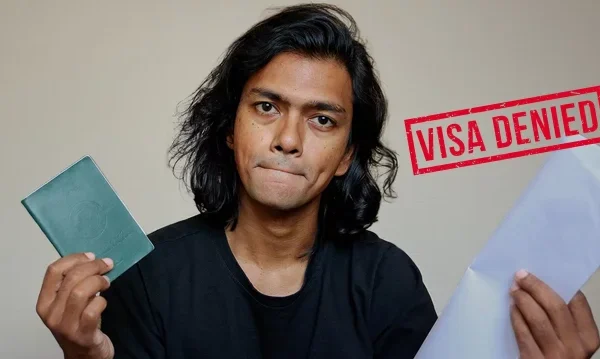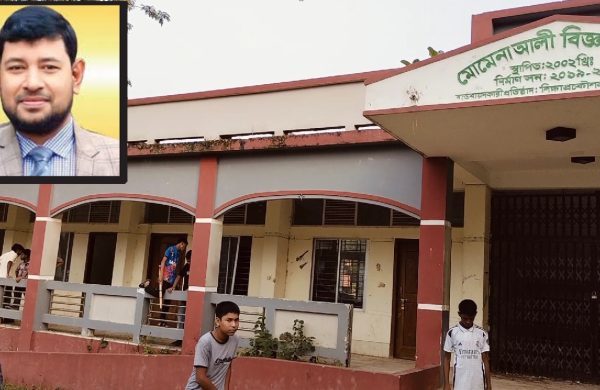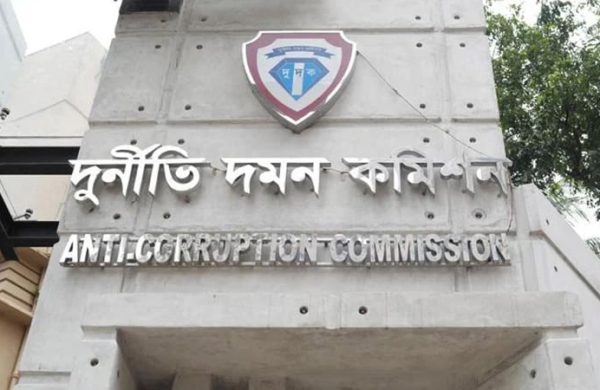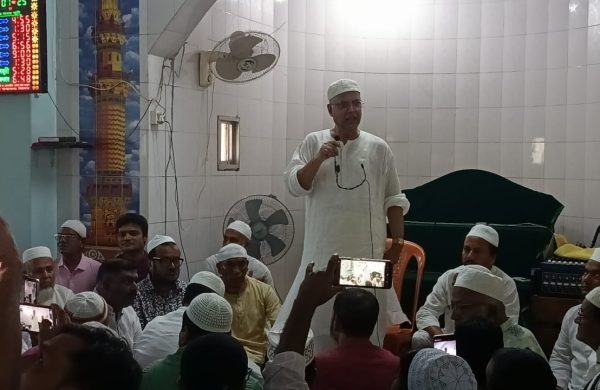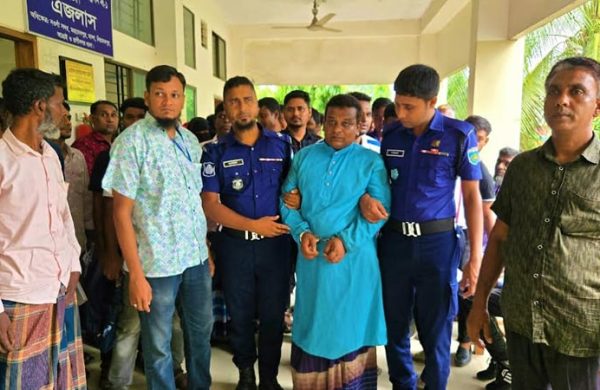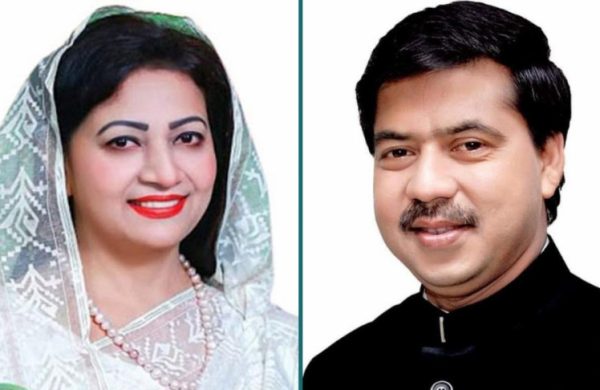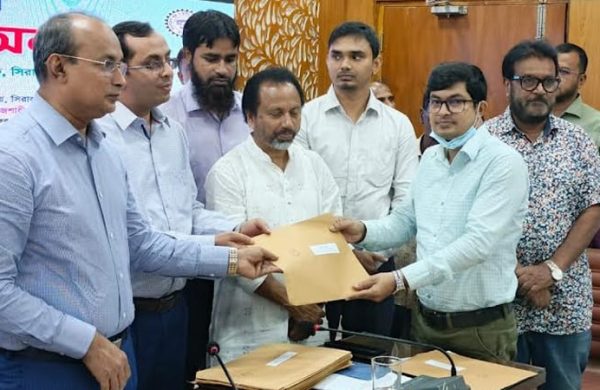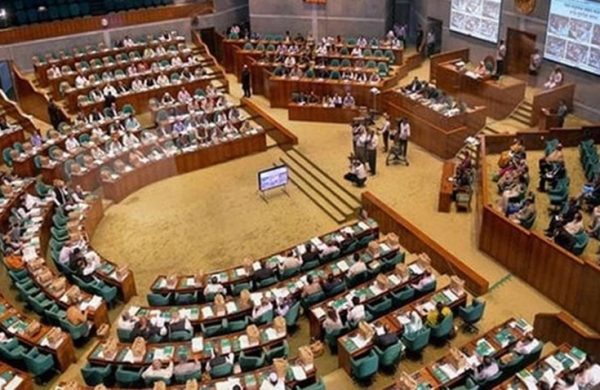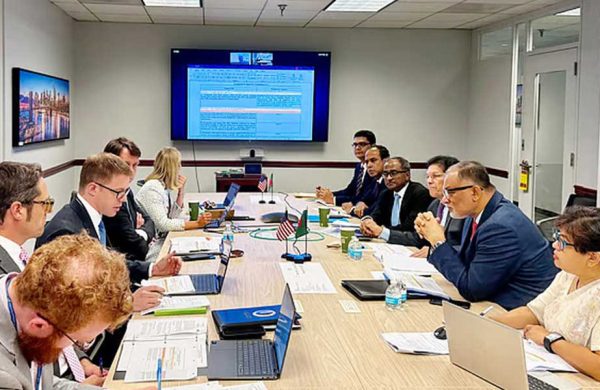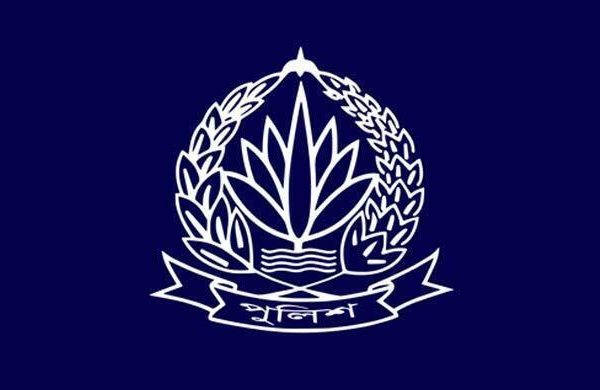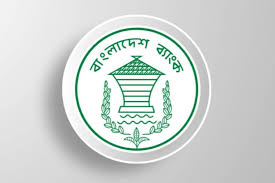‘Chhapaichitrer Parampara’ underway at Bengal Shilpalay
- Update Time : Saturday, May 18, 2024
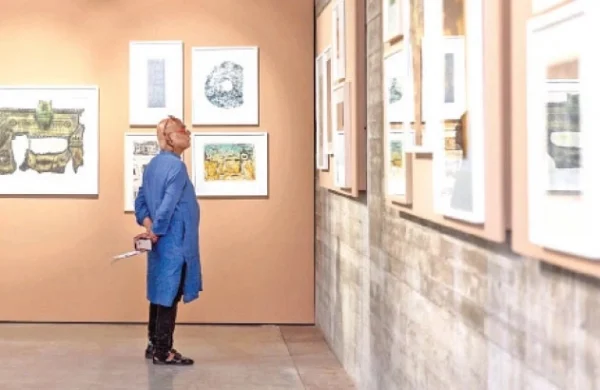
Entertainment Desk:
A month-long group exhibition titled “Chhapaichitrer Parampara” (Tradition and evolving practices of printmaking) is underway at Bengal Shilpalay in the capital’s Dhanmondi area.
Began on 11 May, the exhibition brings to light the tradition and evolving practices of printmaking in Bangladesh, from the 1950s to the present, by showcasing selected artworks.
Initially, the development of printmaking occurred alongside the practice of printing and publishing. Gradually, artists mastered various techniques, and printmaking gained institutional recognition as an important medium in visual arts. Despite its historical basis and practice, printmaking is still not widely known to the public.
Printmaking differs significantly from traditional art practice in its attention to detail, technique, and method. It requires specialized tools, machinery, studios, and craftsmanship. The main techniques of printmaking are intaglio, relief, and lithography. While methods like drypoint, etching, woodcut, and plateographic are well-known, artists continually experiment with new mediums such as silk screens and digital prints.
In Bangladesh, the development of printmaking is closely intertwined with the modern art movement. Artists Safiuddin Ahmed and Mohammad Kibria laid the foundations of printmaking in this country. The experimentation and exploration done by artists of the second and third generations in this medium, continue to inspire and thrive in contemporary practice.
Eminent figures in art education in the country, namely Shilpacharya Zainul Abedin, Quamrul Hassan, Safiuddin Ahmed, Anwarul Haque, Murtaja Baseer, and Rashid Chowdhury, among others, realised the significance and necessity of printmaking. In subsequent years, numerous printmaking studios have been established in the country through government and private initiatives, providing platforms for young artists to continue their exploration.
The exhibition will continue till 11 June every day from 4:00pm to 8:00pm (closed on Sunday).



